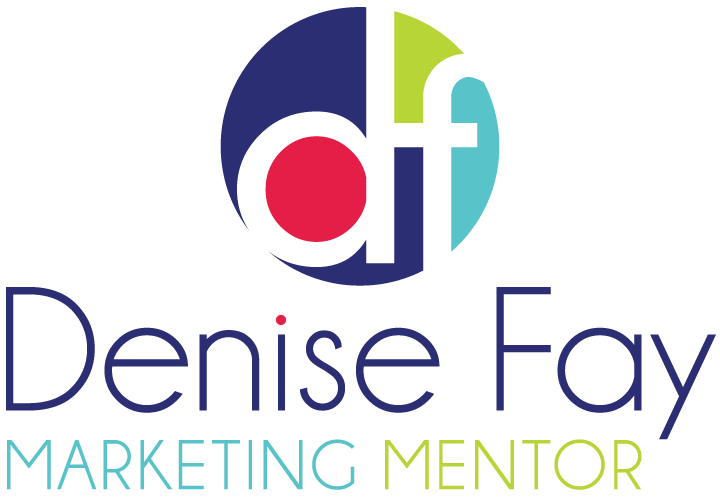 Punctuation is a great way to clarify your message and add a voice to it. It breaks up your text into understandable sections and allows your document to flow.
Punctuation is a great way to clarify your message and add a voice to it. It breaks up your text into understandable sections and allows your document to flow.
If you were giving a speech or indeed having a conversation with someone, there is a natural time to take a break, pause, allow the information to sink in or the other person to speak up.
Punctuation allows you to do that in a document. Your speech pattern, your tone of voice, those quirky inflections that you have should all appear in a piece of text that you write.
The more I read about punctuation, the more I realise that punctuation can be individual. Some writers will put a comma before ‘and’ when talking about a series. (The box contained pens, pencils, and colouring pens) others will not use that comma before ‘and’ (The box contained pens, pencils and colouring pens). I wouldn’t use the comma before ‘and’ as ‘and’ lends itself to a pause.
There are rules, however, that apply and I’ve included the most popular ones here. Go through the list and find ways to use them more often. Perhaps, use a semi-colon instead of a full stop and two sentences. Try to break up your text by using all of them, not just a full-stop.
I’ve seen pages of information with large paragraphs with no commas. I needed to blink my eyes several times just to re-focus on the text. If you tend to not use commas, now is the time to start trying.
Remember the purpose of punctuation is to assist your reader understand your message. If you’re trying to sell to them, mirror your tone or style as much as possible.
The below belows shows the most popular punctuation marks and explains how you can use them in your copy or documents.
| Mark | Name | General Use |
|---|---|---|
| . | Period or full stop | Signifies the end of a sentence and denotes an abbreviation. (e.g.) Mr. Hennessy concluded the meeting at 6.04pm. |
| , | Comma | Indicates a pause in a sentence and separates the main clauses in a sentence. (e.g.) The meeting began at 4pm with 5 members of staff, however two members arrived later. |
| – | Dash | Adds another idea to a sentence – can be used instead of parenthesis. (e.g.) The CFO gave his report after the CEO – outlining his proposal for change. |
| : | Colon | Introduces examples, a bulleted list, a numbering list or a quotation. (e.g.) The Marketing Director quoted the regional manager: “The campaign went really well.” |
| ; | Semi-Colon | Introduces a break in the sentence without using comma or fullstop. Also links two sentences together. (e.g.) We would love to give a bonus; it’s just so hard with no extra cash in the bank. |
| ( ) | Parenthesis (or Brackets) | Highlights an aside or an interruption. (e.g.)We would love to give a bonus; it’s just so hard with no extra cash in the bank (but the management team will receive a bonus).. |
| ! | Exclamation point | Adds a bit of drama or excitement to a document. Rarely used in formal documents but frequently in adverts. (e.g.) Stop! This might be the best offer you’ll see all day. |
| ? | Question mark | Placed at the end of a direct question. (e.g.) Did you place an order? They are not used when asking an indirect question (e.g.) I asked you if you had placed an order; or when an informal inquiry is made over email (e.g.) Can you let me know when you placed the order, Kind Regards…. |
Day 11 – Homework
Look at the services page of your website or a brochure that you’re writing.
Highlight every punctuation mark that you have in the piece of text.
Can you change it or keep it?







